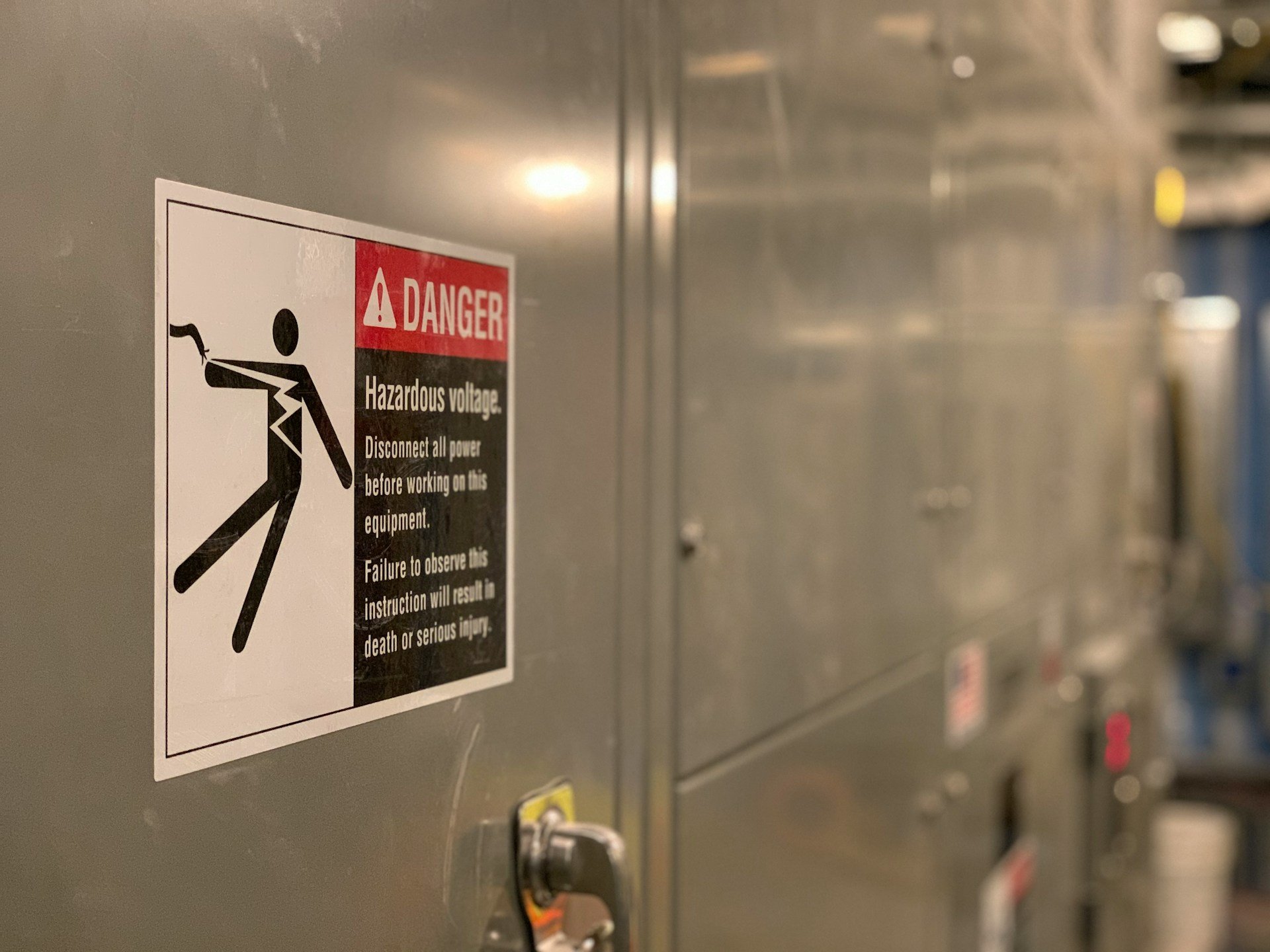For many people, work is more than just a paycheck. It’s where they spend a huge part of their life, build relationships, and try to create a future for themselves and their families. So when that environment suddenly becomes dangerous or harmful, it throws everything off balance and leaves people feeling unsure about what to do next.
Most workers don’t think about safety until something goes wrong, and by that point, it’s already too late to prevent the damage. The physical risks are obvious, but the emotional and financial stress that follows can be just as overwhelming. That’s why it’s so important to talk about what happens when work stops being safe and how people can find their way through it.
Recognizing when something’s not right
Sometimes, a job that seemed completely fine turns out to carry risks nobody saw coming. It might be something like a piece of equipment that isn’t maintained properly or a routine task that slowly causes strain or injury. In other cases, the dangers are less obvious, like long-term exposure to harmful materials or toxic environments.
It can take years for some problems to show up, which is why people often don’t realize how serious things are until symptoms start getting worse. And once that happens, the process of figuring out what went wrong and what steps to take next can feel confusing and overwhelming.
The human side of workplace injuries
Getting hurt on the job isn’t just about physical recovery. There’s also the sudden disruption to daily life, the frustration of dealing with paperwork, and the fear of how the injury might affect the future. Even a minor workplace injury can bring on financial pressure, especially if someone has to miss work for a while or deal with ongoing treatment.
For many people, there’s also the emotional weight of feeling let down by a place they trusted. It’s not always easy to speak up or ask for help, but doing so can make a big difference. The process might be difficult, but having a support system and a clear plan can help make it feel more manageable.
Long-term risks people don’t expect
Some dangers at work don’t show up right away. In jobs involving older buildings, shipyards, or industrial materials, long-term health risks can appear years or even decades after the exposure happened. These situations are some of the hardest to deal with because people are often left piecing together events from the distant past.
For instance, those affected by asbestos exposure might not see symptoms until long after they’ve stopped working in the environment that caused it. Mesothelioma lawsuits are one example of how workers and families seek justice after discovering the connection between their illness and their former job. It’s not just about financial compensation, but also about finding answers and accountability.
When reporting gets complicated
One of the biggest challenges workers face after an injury or health scare is figuring out how and when to report it. The process can vary depending on the job, the location, and the situation, and that confusion sometimes makes people hesitate. Others might feel worried about job security, retaliation, or being labeled as difficult.
But waiting too long can make things worse, especially if evidence or witnesses disappear over time. Taking quick, clear action by knowing your rights and reporting the incident and seeking medical attention helps protect the worker and creates a record of what happened. It also opens the door to support resources that might otherwise stay hidden.
Legal help can open doors
Navigating the legal side of unsafe working conditions or long-term illness can feel like a full-time job in itself. From medical records to timelines to witness statements, the details pile up fast. That’s where reaching out to a legal professional can help, especially when the case involves serious injury or illness connected to the job.
Workers don’t have to face these challenges alone. Many law firms specialize in occupational cases, and even an initial conversation can help clarify the options available. While legal steps can’t erase the harm, they can create paths toward healing, financial relief, and a sense of justice.
Employers have a role to play
Not every workplace incident is the result of outright negligence, but employers still carry responsibility when something goes wrong. Safety rules, proper training, equipment maintenance, and clear communication are all part of creating a safer environment. When these things fall short, workers end up paying the price.
After an incident, it’s on the employer to take a hard look at what happened and figure out how to keep it from repeating. That might mean better safety protocols, more training, or simply listening more closely when employees raise concerns. These actions can prevent future harm and rebuild some of the trust that may have been lost.
Support matters during recovery
Recovering from a work-related injury or illness isn’t something people can just power through. It often affects more than just the physical body–it can impact mental health, relationships, and even a person’s identity. Having a strong support system makes a big difference, whether that’s family, friends, coworkers, or support groups.
Some people also find comfort in talking to others who’ve gone through similar experiences. Hearing how someone else navigated medical treatments, legal steps, or returning to work can help make the process feel less lonely. Everyone’s journey is different, but no one should have to go through it without support.
Finding a new path forward
When a job no longer feels safe, it often leads to big questions about what comes next. Some people return to their old role with new precautions in place, while others make the decision to start fresh somewhere else. The most important thing is that the person feels like they have some control again.
It’s never easy to deal with the fallout from an unsafe work environment, but recovery is possible. With the right mix of time, support, and guidance, people can rebuild confidence and move toward a safer, more stable future where their health and safety aren’t constantly at risk.
When work stops being safe, the effects ripple through every part of a person’s life. But with the right support, information, and actions, recovery is possible. Speaking up, finding trusted help, and focusing on healing can all help turn a difficult chapter into a new beginning.







